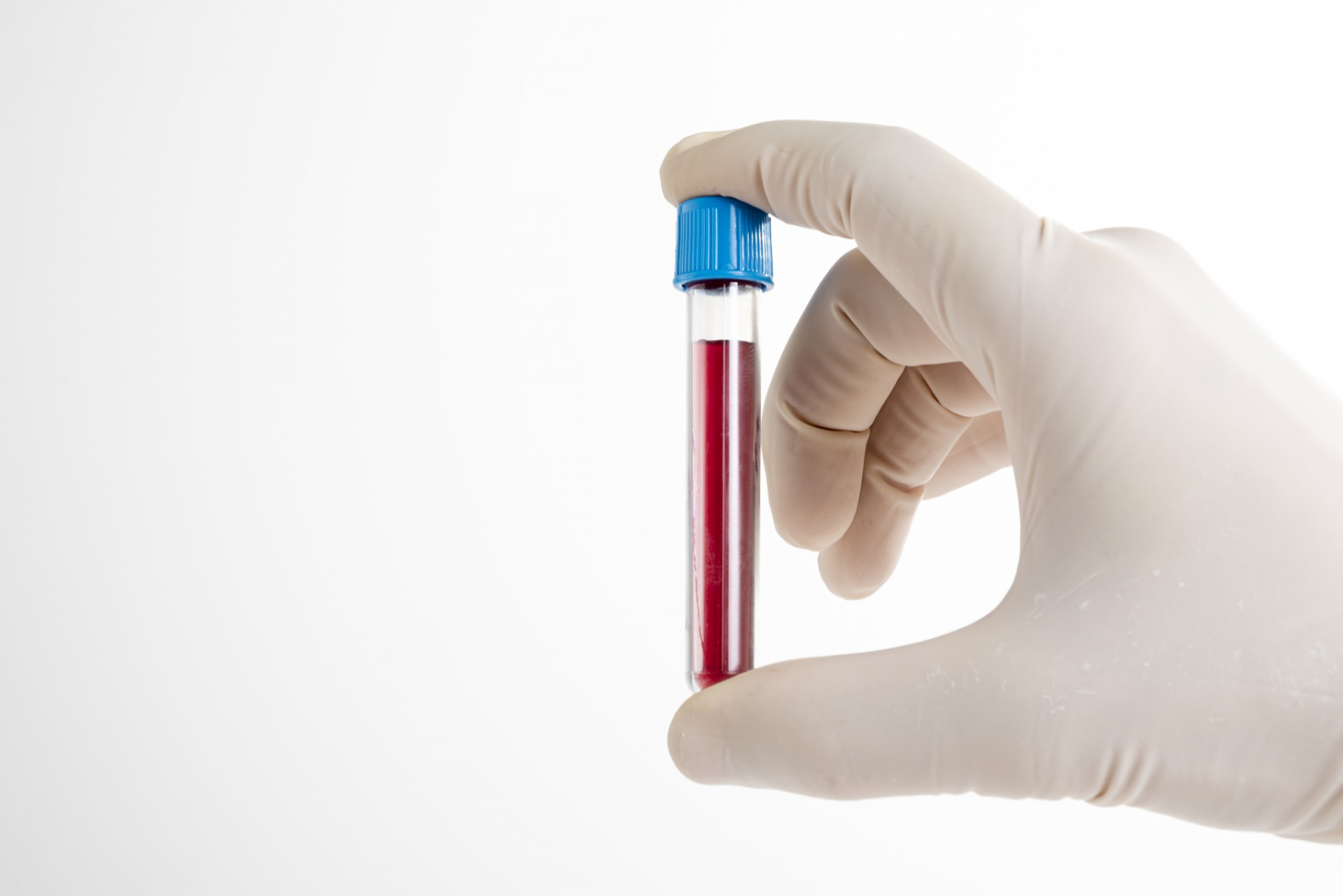C-reactive protein (CRP) is a vital marker of inflammation in the body, often measured to assess the risk of infections, chronic diseases, or other underlying health conditions. If you’ve recently undergone a CRP test or are planning to, understanding what your CRP level means can help you take proactive steps for your health.
What is CRP and Why is It Important?
CRP is a protein produced by the liver in response to inflammation. It acts as an early warning system, increasing when your body detects an infection, injury, or chronic disease. Measuring CRP levels helps healthcare providers evaluate the severity of inflammation and monitor treatment progress.
Common Conditions Associated with Elevated CRP Levels:
- Infections (bacterial or viral)
- Autoimmune disorders like rheumatoid arthritis and lupus
- Cardiovascular disease
- Cancer
- Severe injuries or trauma
CRP Test Normal Range
The CRP test normal range depends on the type of CRP test:
- Standard CRP Test:
- Normal: <10 mg/L (milligrams per liter)
- Higher levels may indicate infection or significant inflammation.
- High-Sensitivity CRP Test (hs-CRP):
- Low risk of cardiovascular disease: <1 mg/L
- Moderate risk: 1–3 mg/L
- High risk: >3 mg/L
These values provide a guideline, but interpretation varies based on the individual’s health history and symptoms.
How Much CRP Level is Dangerous?
A CRP level above 10 mg/L is generally considered abnormal and may indicate:
- Severe infection: Bacterial infections can cause CRP levels to spike, often exceeding 100 mg/L.
- Chronic inflammation: Conditions like rheumatoid arthritis, lupus, or inflammatory bowel disease may elevate CRP.
- Cardiovascular risk: Persistent levels above 3 mg/L (in hs-CRP tests) are linked to a higher risk of heart disease.
When is CRP Considered Life-Threatening?
CRP levels greater than 200 mg/L often signal serious infections or inflammatory conditions such as sepsis, a life-threatening response to infection. Immediate medical attention is crucial in such cases.
How Much CRP Level is Dangerous in Infections?
Infections, particularly bacterial ones, can significantly elevate CRP levels:
- Mild Infections: 10–40 mg/L
- Moderate Infections: 40–100 mg/L
- Severe Infections or Sepsis: >100 mg/L
Monitoring CRP levels helps healthcare providers determine the severity of an infection and the effectiveness of treatments like antibiotics.
How to Reduce CRP Levels?
If your CRP levels are elevated, taking steps to address the underlying cause and reduce inflammation can improve your health. Here’s how:
- Adopt an anti-inflammatory diet- Avoid processed foods, sugary drinks, and trans fats. Focus on foods rich in antioxidants and omega-3 fatty acids, such as:
- Fatty fish (salmon, mackerel)
- Leafy greens (spinach, kale)
- Nuts and seeds (walnuts, flaxseeds)
- Fruits like berries, oranges, and cherries
- Engage in regular exercise- Moderate physical activity, such as walking, swimming, or yoga, can lower CRP levels by reducing chronic inflammation.
- Manage stress- Chronic stress triggers inflammation. Techniques like meditation, deep breathing, and mindfulness can help reduce CRP levels over time.
- Quit smoking and limit alcohol- Smoking and excessive alcohol consumption are linked to higher CRP levels. Quitting these habits promotes overall health and reduces inflammation.
- Follow medical advice- If your CRP elevation is due to an underlying condition, follow your doctor’s treatment plan, which may include medications like:
- Anti-inflammatory drugs (e.g., NSAIDs)
- Statins for heart health
- Antibiotics for infections
The CRP test normal range is <10 mg/L, with higher levels suggesting inflammation or infection. Persistent CRP levels above 3 mg/L (hs-CRP) indicate an increased risk of cardiovascular disease, while levels over 100 mg/L could signal severe infections. Understanding how much CRP level is dangerous, helps in taking timely medical action to prevent complications. Lifestyle changes, such as a healthy diet, exercise, and stress management, can help lower CRP levels naturally.


